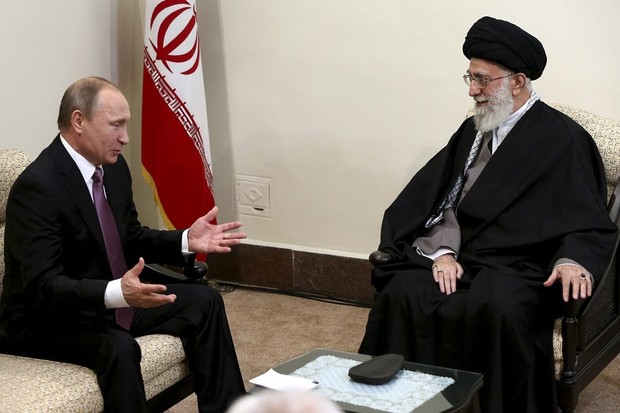
In this Monday, Nov. 23, 2015 photo released by an official website of the office of the Iranian supreme leader, Supreme Leader Ayatollah Ali Khamenei, right, listens to Russian President Vladimir Putin during their meeting in Tehran, Iran. (Office of the Iranian Supreme Leader via AP)
What started out as a surefire winner (for Iran) and grand adventure (for Russia) has now turned into something of a strategic nightmare for both. I posted on how Russia is getting sucked into the quagmire of an Israel-Iran conflict and its self-aggrandizing role of “mediator” is bringing it nothing good but is damaging Russia’s influence in the region. Now it seems that Iran may have concluded that its involvement in Syria and Lebanon is not sustainable.
Militarily, Iran is at a disadvantage. Its military is your typical Third World armed thuggery that is useful for gunning down demonstrators and committing war crimes against civilian populations but for little else. Iran is trying to project power into Syria and Lebanon and it is finding that it doesn’t have the skills or logistical capability to prevail even against ISIS without a strong assist from the US, much less against the real target of its adventurism: Israel.
There is a domestic problem, too. Many of the street demonstrations have been specifically against Iran’s involvement in military adventures. The economy is in the crapper, even the upper classes are panicked about the coming avalanche of US sanctions, and the middle class–or what used to be the middle class–has enough access to non-state media to know that the cash windfall promised from the Iran nuclear deal went to buy weapons for the IRGC, not to jump-start a moribund economy.
Al Arabiya has an interesting story that carries the same basic hypothesis…and there is no feeling in the punditocracy quite like having your theory validated by a third party who may actually know what they are talking about.
As preposterous as Khamenei’s words sound [editor–here he’s talking about the six demands Ayatollah Khamenei imposed upon Europe as a condition of staying in the nuclear deal], we need to understand that he has no choice but to resort to such remarks. And of course, the words of French President Emmanuel Macron sink deep in the minds of Tehran’s senior officials. French firms have to decide on continuing their activities in Iran and assessing the risks imposed by US sanctions, he said in recent remarks. The French President cannot ask companies such as Total to pull out of their business in the US, Macron said.
As many European companies continue to rush out of Iran, Stadler of Switzerland has been the latest to jump on the train, halting a $1.1 billion contract to provide and build 960 wagons for the Tehran-Karaj metro, citing the return of US sanctions as the reason.
Iran’s own political figures are losing hope. “How do we expect the Europeans to forgo their $700 billion exports to the US for the sake of $20 billion exports to Iran?” recently said Sadegh Zibakalam, a Tehran professor University with ties to the Iranian regime’s so-called reformist camp.
Although Khamenei has taken what seems to the naked eye a strong position by placing demands before Europe, he is also seeking new negotiations with the Green Continent. This proves that Iranian Foreign Minister Mohammad Javad Zarif’s visits to China and Russia, and a recent drive of Iran seeking eastern shift in policy, failed miserably.
If correct, this means that the Chinese and Russians see no percentage in helping Iran if it is going to bring the attention of the US Treasury Department (and I have visions of Steve Mnuchin dancing the Electric Slide every time the Office of Foreign Asset Control issues sanctions) on their companies. That means the only hope for solvency is bullying the Europeans into submission, on the whole, this is not an unreasonable prospect.
One must also recognize the severe setbacks Iran will be suffering from Washington’s drastic change in policy, in comparison to the Obama years. This has not only brought a complete end to all the dreams of those advocating appeasement vis-à-vis Iran, but also the dark future awaiting Tehran if it chooses to continue its nuclear program, ballistic missile ambitions, regional influence and domestic crackdown.
The Iranian regime is coming to learn the days of mass arrests, torture in prisons and executions without paying the price are coming to the end. Tehran is feeling the heat across the region, understanding its missile launches, exporting terrorism and meddling in neighboring countries come with a major price tag.
All of the Revolutionary Guards’ vastly expanded bases throughout the region, parallel to networks of terrorism in Lebanon, Iraq, Syria, Afghanistan and Yemen, alongside the nuclear program and not providing the promised “anytime, anywhere” inspections of its civil and military sites, are now targets of a variety of punitive measures by the US and its allies.
All this Iranian belligerence received a major $150 billion as a result of a highly flawed nuclear deal. Money that could have provided for the over 50 million Iranians living in poverty. Ironically, it is the Iranian regime’s own semi-official outlets that are providing such drastic statistics.
The above have resulted in a growing volume of dissent inside Iran, as analysts now consider this country a powder keg ready to explode at any moment. What makes the status quo even more dangerous for the Iranian regime is the fact that the Iranian people’s thirst for regime change is symbolized in their support for the main Iranian opposition group, the People’s Mojahedin Organization of Iran (PMOI/MEK).
If you wonder why everyone from Rudy Giuliani to John Bolton has been lambasted for ties to MEK in the past month, it is because of the last paragraph and the fact that the people of the Echo Chamber that brought you the Iran nuclear deal are trying to hamstring the administration by highlighting MEK’s past listing as a terrorist group–that designation was removed by Secretary of State Hillary Clinton in September 2012.
I’m not knowledgeable enough to render an opinion of Iran’s domestic affairs but it is obvious that the protests that began earlier in the year have continued and they are put down by security forces, frequently with fatalities.
All of this serves as a backdrop for what looks like Israel paving the way to turf Iran out of Syria.
Key points:
Washington and Jerusalem agree that the Iranians need to go.
According to a report from @businessinsider, "John #Bolton will reportedly meet with Israeli national security adviser to ratify joint approach to #Iran" https://t.co/Ca3fEDMcFC
— FDD's Iran Program (@FDD_Iran) May 29, 2018
Iran is trying to ensure that its forces don’t run afoul of the Israelis:
Iran and Israel engaged in indirect negotiations this weekend over fighting in southwest Syria, according to a report on Saudi-owned news site Elaph.
Iran reportedly pledged to stay out of fighting in southwest Syria between Syrian forces and rebel groups while Israel said it will not intervene in battles near the Israeli-occupied Golan Heights or the Israel-Jordan border so long as Hezbollah and Iranian-backed militias are not involved.
For the negotiations, Iran’s ambassador to Jordan, Mostafa Moslehzadeh, stayed in a hotel room with Iranian security personnel next door to a room of senior Israeli security officials, including the deputy head of Mossad, Elaph reported.
Jordanian officials served as mediator, shuttling messages between the two rooms, according to the report.
One participant told Elaph that the Iranians “arrived at a quick agreement” that its forces would not intervene in fighting near the Golan Heights and the Israel-Jordan border, surprising the Israeli representatives.
Russia may be giving Iran cover to disengage:
Last November, Russia and the United States, in coordination with Jordan, forged an agreement to decrease the possibility of friction in southern Syria, after the Assad regime defeated rebel groups in the center of the country. Israel sought to keep the Iranians and Shi’ite militias at least 60 kilometers (37 miles) from the Israeli border in the Golan Heights, east of the Damascus-Daraa road (or, according to another version, east of the Damascus-Suwayda road, about 70 kilometers from the border).
The superpowers, however, did not comply with the demand; the agreement stipulated that the Iranians and militias would remain about 5 kilometers from the lines of contact between the regime and the rebels, around 5 to 20 kilometers from the Israeli border.
But the Iranians did not uphold this demand either. Members of the Revolutionary Guards and militias were periodically seen near the border, while forces linked to the Assad regime even violated the 1974 separation agreements with Israel by occasionally entering the demilitarized zone in the Golan Heights.
As far as is known, Russia and the United States have not yet resumed direct talks on Syria, but the Russians are signaling a willingness to reexamine their positions. Israel believes that in the new circumstances, following the Israel Air Force’s many attacks and the Trump administration’s public support for Israel’s moves, Moscow will agree to move the Iranians east of the Damascus-Daraa road, conforming with Israel’s original demand.
This is not only a face-saving move for the Iranians, it is a political black eye for the Russians because they are the one mediating the disengagement rather than supporting their ally.
https://youtu.be/4JhrtyfCU9M
=========
=========
Like what you see? Then visit my story archive.
Follow @streiffredstate
I’m on Facebook. Drop by and join the fun there.
=========
=========
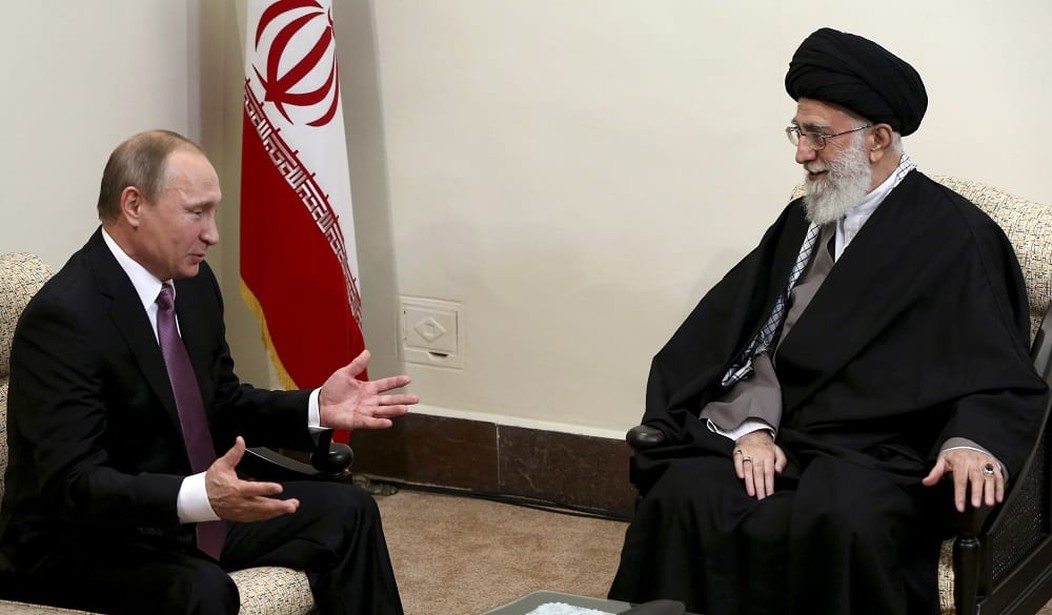
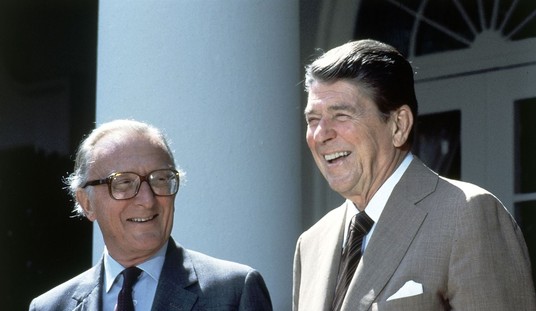
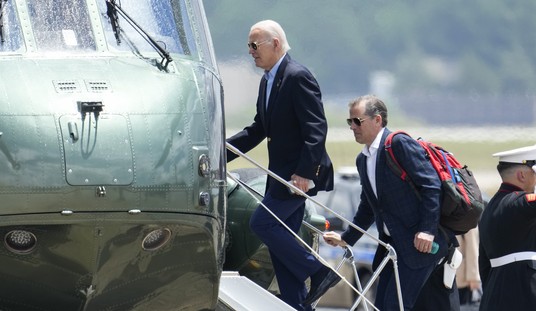
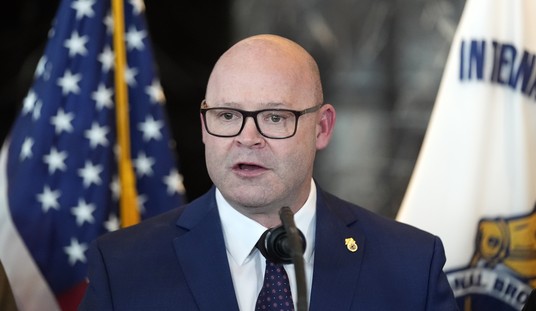

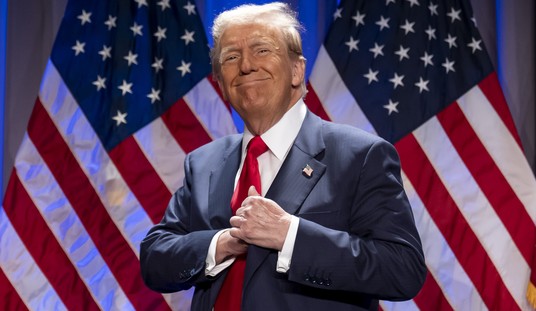



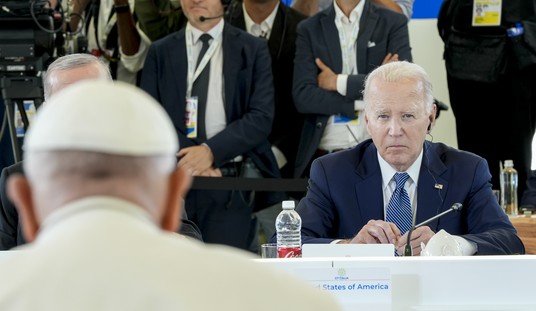
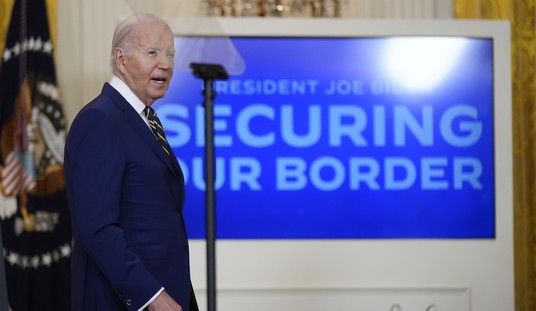


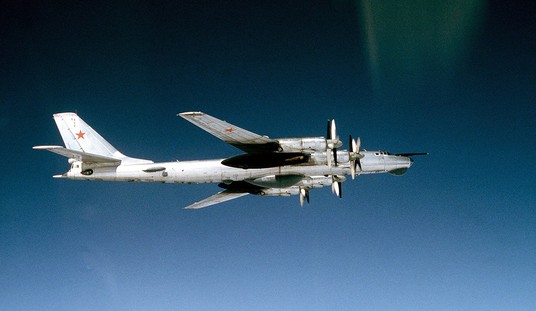
Join the conversation as a VIP Member